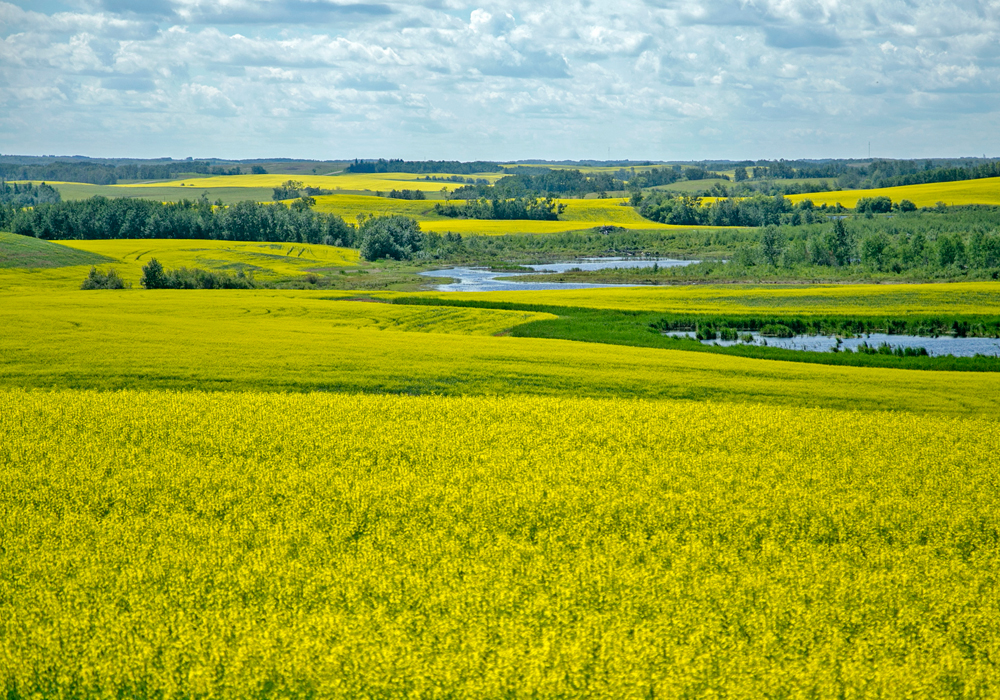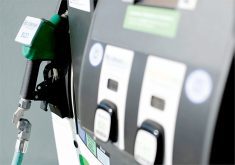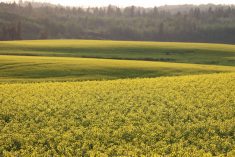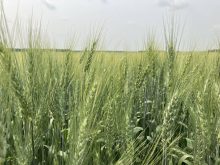Demand is increasing for hydrogenation-derived renewable diesel, but no facilities are producing the fuel in Canada
Most farmers have heard of ethanol and biodiesel, two biofuels that have been godsends for the agriculture industry, but few have heard of another potential saviour.
Hydrogenation-derived renewable diesel (HDRD) is starting to make inroads in the fuel sector.
HDRD can be made with the same plant-based feedstocks as biodiesel, so it has piqued the interest of groups such as the Saskatchewan Canola Development Commission.
“It’s a great opportunity for the agriculture industry as it (could help) with the diversification of our canola markets,” said commission director Bernie McClean.
Read Also

Farming Smarter receives financial boost from Alberta government for potato research
Farming Smarter near Lethbridge got a boost to its research equipment, thanks to the Alberta government’s increase in funding for research associations.
Canada has no HDRD production facilities. Everything that is used comes from plants in the United States, Singapore, Finland and the Netherlands.
Canada is expected to import an estimated 292 million litres of HDRD in 2020, according to a recent study funded by Advanced Biofuels Canada.
HDRD doesn’t have the same cold-weather flowability and shelf-life problems that biodiesel has. It is so similar to petroleum diesel that it can be used as a “drop-in” fuel with no blending limits.
California is selling fuel that is a blend containing 80 percent HDRD and 20 percent biodiesel.
Ian Thomson, president of Advanced Biofuels Canada, said one reason Canada doesn’t have any HDRD plants is that they are considerably more expensive to build than biodiesel facilities.
They tend to be co-located with existing petrochemical plants because one of the key inputs is hydrogen. HDRD facilities also produce volatile co-products such as benzyne, which require special handling.
The other reason is that Canada is lacking the policy certainty required to make such a big investment.
By comparison, 1.23 million litres of HDRD production are already in the U.S., where the fuel is known as “renewable diesel.”
If the Clean Fuel Standard that is under development in Canada includes the right incentives, there could be 1.5 million litres of HDRD production in the country by 2030, according to the Advanced Biofuels Canada study.
It also envisions two million litres of biodiesel production and 3.5 million litres of ethanol by that time.
Producing that amount of HDRD would require the construction of two to four production facilities at an estimated cost of $1.89 billion.
“Boy, if we could get one of these plants up and running here in Saskatchewan, it would be great for agriculture, great for the economy and ultimately great for the environment,” said McClean.
“It fits well with the current Saskatchewan growth plan.”
Saskatchewan Premier Scott Moe recently announced a new growth plan for the province that includes processing 75 percent of the canola produced in the province.
“That would result in another $2 billion in annual revenues into our communities by the year 2030 and the creation of hundreds of new jobs,” he said.
The canola industry is lobbying federal and provincial governments to move to a five percent biodiesel/HDRD mandate, up from two percent.
That would require 1.3 million tonnes of canola seed per year if canola maintained its current 40 percent share of biodiesel feedstock, up from the 500,000 tonnes used today.
“We need that signal,” said McClean.


















